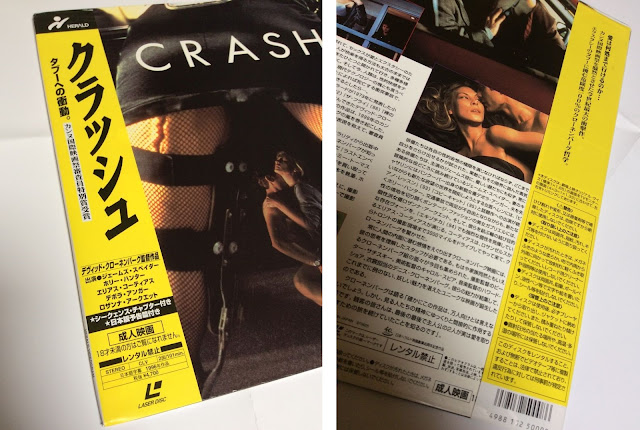More significantly though, is the extra narration not featured in the film. In the scene where the Bunnies are airlifted to safety after the Playboy show, Willard wryly comments:
“Only the Americans could build a place like this in the middle of the jungle. Only the Americans would want to.”In the scene prior to the san pan massacre, Willard makes an admission:
“I didn't belong on this mission anymore because I had begun to doubt it. Kurtz was turning from a target into a goal.”And there’s one curious substitution of narration. In the film, Willard advises: “Never get out of the boat. Absolutely goddamn right. Unless you were going all the way.” On the soundtrack it’s replaced by
“Never get out of the boat, absolutely goddamned right. Not unless you were ready to take it all the way, no matter what happens”
Worth mentioning that both CD soundtrack editions come with one glaring omission – the original 2LP pressing of the soundtrack included an insert listing personnel who worked on the score and it’s an interesting who’s who of musicians and players. I mentioned Herbie Hancock’s 1972 album Crossings in my previous post, and I’m pleased to see that Patrick Gleeson who played Moog on that album was the chief synth player on the Apocalypse Now score. Grateful Deadites Mickey Hart, Bill Kreutzmann and Phil Lesh moonlighting as the Rhythm Devils are also listed, as well as Don Preston and Bernie Krause. Here’s the full list…









